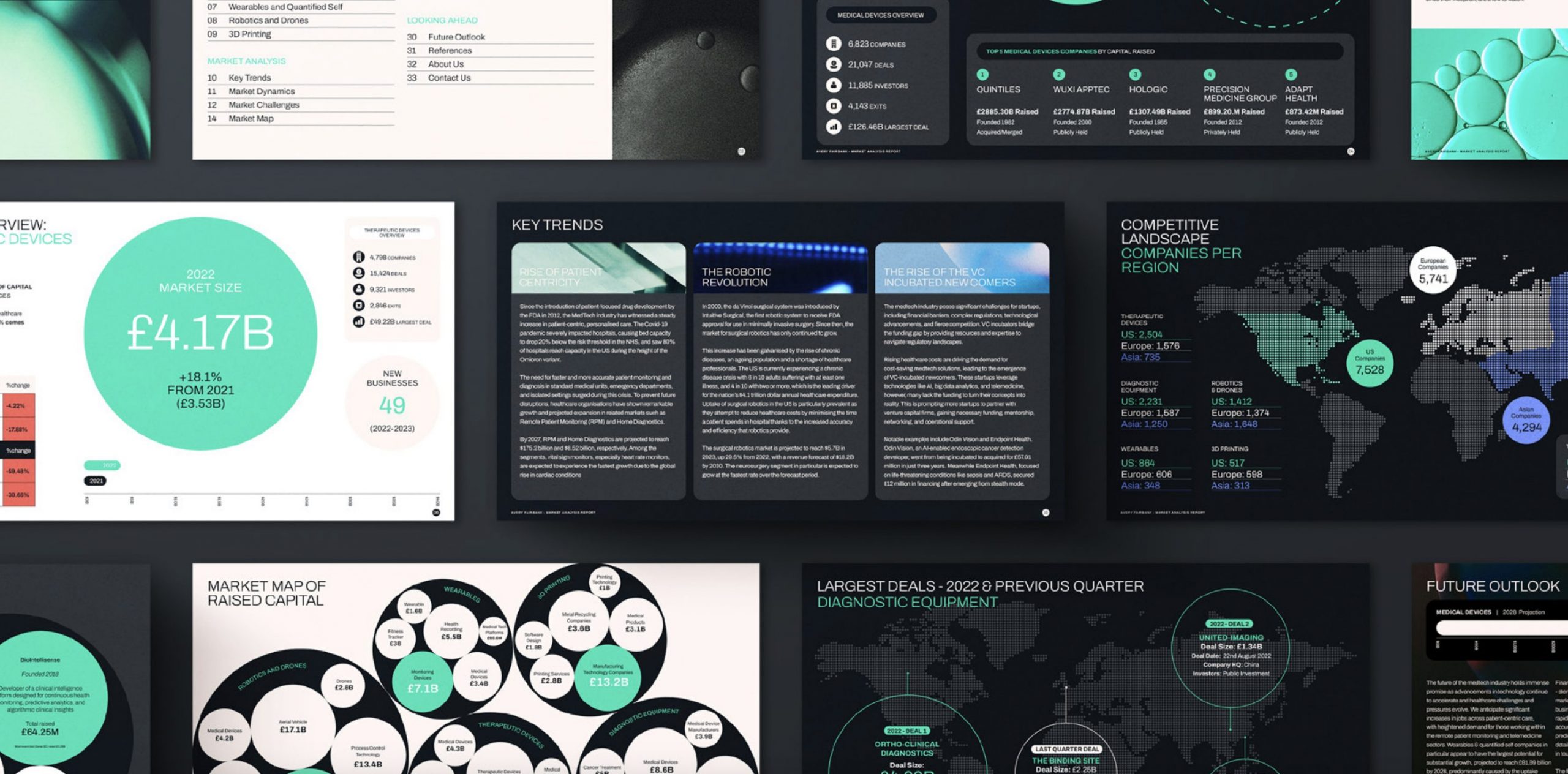November 15, 2023
In the face of an impending recession forecasted by the Bank of England, the construction industry is bracing for impact, yet one sector shows promising resilience: data centre construction. Recent findings from a Turner & Townsend survey reveal that 71% of professionals in this field view data centres as more immune to economic downturns than other sectors. This optimism is mirrored in the investment community, with CBRE’s 2022 Global Data Center Investor Sentiment Survey indicating that a staggering 95% of investors are looking to expand their investments in this niche.
CBRE anticipates a significant surge in data centre activity in the latter part of 2022, expecting the addition of 204MW to the grid. This follows a quieter period in the third quarter, indicating a robust upward trajectory for the sector. Aecom supports this outlook, projecting a tenfold increase in data centre usage from 2018 to 2050. Remarkably, just a single megawatt can power around 700 households.
Gartner’s analysis underscores the lucrative nature of this market, valuing the global data centre construction industry at £15bn in 2020, with projections soaring to £24bn by 2027. Despite the sector’s appeal, it’s not a guaranteed success path for newcomers, and industry veterans emphasise the importance of understanding the unique challenges and opportunities this market presents.
The Flap Cities
Data centres are essentially centralised hubs for vast server arrays that manage vast data volumes. Traditionally dominated by financial institutions, this market is concentrated around major financial hubs, notably the FLAP cities – Frankfurt, London, Amsterdam, Paris. As supply in these cities tightens, secondary cities like Madrid, Warsaw, and Milan are emerging as key players, facilitated by the growing trend of companies opting for cloud-based services and co-location facilities.
Warren Pickance from ISG highlights the competitive landscape, noting the importance of local supply chain strengths, a sentiment echoed by Rennie Dalrymple of Concert. Established firms such as ISG, McLaren, and John Sisk & Sons have a stronghold in this market, but Robert Thorogood from HDR observes a shift in this landscape, opening opportunities for other contractors, particularly those with a focus on Mechanical and Electrical (M&E) engineering.
Data centres, with their complex mechanical and engineering demands, present unique challenges compared to other large-scale projects like warehouses or logistics centres. Incorporating advanced cooling systems and energy monitoring mechanisms while maximising server space is crucial. The significant proportion of M&E work in these projects often places M&E contractors in leading roles, though caution is advised to ensure comprehensive planning and consideration of all factors involved in new ventures.
Embracing Hyperscale Data Centers
The data centre industry is witnessing a significant shift towards large-scale operations, known as “hyperscale” data centres. This change marks a departure from the traditional focus on banking and financial services hubs. Today’s landscape is dominated by major cloud service providers, including industry giants like Meta, Google, Microsoft, and Amazon Web Services. These companies frequently opt to either build their own data centres or lease them, making them key players in the market.
Robert Thorogood, Data Centre Lead at HDR, notes that this shift towards hyperscale is an ongoing infrastructural evolution. Clients in this sector often have specific requirements for their data centres, prioritising reliability and minimising network downtime. Rennie Dalrymple, managing director at project managers Concert, observes that the demands of these large-scale tenants significantly influence the design and construction of data centres, reflecting their substantial market influence.
Navigating the Energy Challenge in Data Center Growth
A major hurdle in the expansion of data centre construction is the limitation in power access. The issue lies not in grid capacity but in the availability of high-capacity grid supply points. This concern is particularly pronounced in areas like West London, as noted by distribution network operators.
Architect Nicholas Webb highlights the energy demands of data centres, citing a project in Hayes, West London, that requires a dedicated transformer. With National Grid’s upgrade plans ongoing, some clients are facing challenges in securing new power sources until 2027. This situation may deter some developers, but Thorogood suggests alternatives like self-generation, smaller power supplies, or on-site energy storage as viable solutions.
The constraint on power supply has inadvertently boosted data centre development in secondary and tertiary cities. However, this shift comes with its own set of challenges, particularly regarding latency in data transmission. The government, recognising the strategic importance of data centres, is now urging local authorities to offer more lenient planning regulations for such developments, especially in areas like brownfield sites. This approach aims to facilitate growth in the data centre sector while balancing the intricacies of urban planning and energy management.
Addressing the Workforce Challenge in Data Center Construction
The data centre sector is grappling with significant workforce challenges, compounded by escalating energy costs and a spike in material prices, particularly metals. A recent Turner & Townsend report highlights a notable increase in data centre construction costs, averaging 15% higher than the previous year. Additionally, the industry faces delays, sometimes exceeding 12 weeks, for specific components.
The scarcity of skilled labour is a critical concern, with over 90% of respondents in a survey admitting difficulties in meeting construction demands. This issue is exacerbated as data centre projects vie for experienced personnel against other sectors in advanced manufacturing globally.
Robert Thorogood from HDR emphasises the need for hiring skilled professionals to address these challenges effectively. The data centre market’s rapid growth has outpaced the availability of qualified staff, pushing companies to source talent from related industries, such as commercial fit-out. Thorogood notes that adapting personnel from different sectors, such as the process and chemical industries, to the unique demands of data centre construction is not a swift process, often requiring months or even years.
On the contracting front, Warren Pickance of ISG mentions that their firm has diversified its hiring approach, bringing in professionals from the defence and healthcare construction sectors. This strategy reflects the growing trend of integrating staff with varying backgrounds into data centre projects, where teams often include a mix of experienced professionals and newcomers to the field.
Thorogood cautions those new to the industry about the substantial time and effort required to establish a foothold in data centre construction. He advises a deliberate approach to team building, starting with smaller projects and progressively taking on larger endeavours. The path to developing a solid track record in this competitive market typically spans three to five years, underscoring the need for persistence and strategic planning in workforce development.
Finding the Right Talent
As the data centre industry continues to grow, having the right talent in place is key to success. At Avery Fairbank, we specialise in executive search for data centres, connecting top-tier professionals with leading firms in this field. Trust us to find the perfect match for your team’s unique needs, ensuring your continued leadership in this dynamic industry. You can find out more about our executive search services on our services page, or to discuss specific requirements, please contact us.

Published on 15-11-2023


